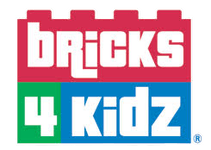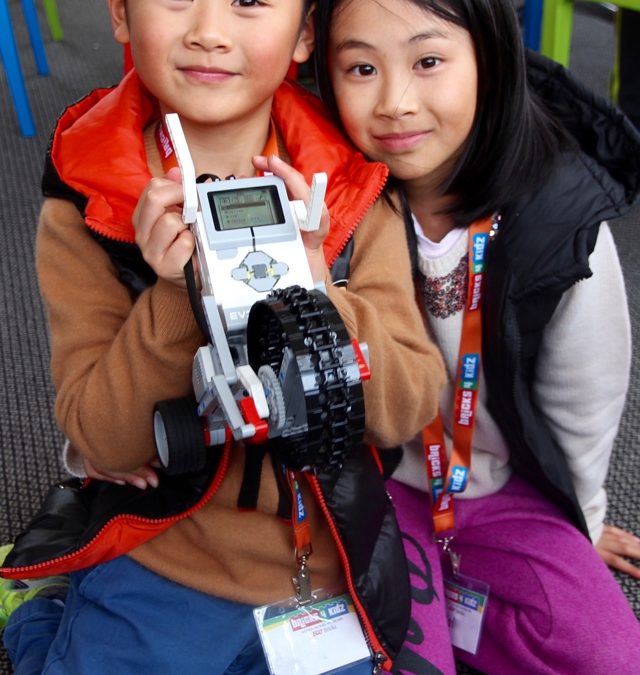Science, Technology, Engineering and Math — commonly called STEM subjects — are becoming increasingly important in today’s world. Kids with a strong understanding of these areas will have a bright future no matter which path they follow, and parents are taking note.
“When I look to that future I see a world of opportunity for Australians with STEM training. I see a STEM-powered economy that Australians can forge, if we have the confidence and the capability combined” Dr. Alan Finkel AO, Australia’s Chief Scientist
When looking for the right STEM learning activities for kids, parents often focus on the projects themselves. While this is definitely important, it’s not the only consideration. The environment the children learn in is equally important to facilitate STEM understanding.
Studies show that grouping is highly effective for kids learning STEM. That’s right — say goodbye to the image of kids sitting independently, quietly focused at their desks. STEM learning and group learning go hand in hand.
Today’s students ask questions, speak their minds and adore interactivity.
Working in teams with other students is a natural fit. In fact, the teamwork aspect of Bricks 4 Kidz workshops is one of the most rewarding components, according to many children, because they form friendships that last long after the project is complete.
Here are some ways that collaborative learning activities benefit a child’s learning of STEM and other important skills;
1. Teamwork:
STEM skills can be complex and difficult for students to learn. Rather than feeling isolated when misunderstanding material, working in a group helps promote understanding. Students work together toward a common goal and help each other learn concepts through peer-to-peer interaction. This process deepens everyone’s understanding of STEM and builds trust.
2. Collaboration:
Similar to teamwork, collaboration is an essential aspect of STEM group learning. Each team must learn to blend the strengths and weaknesses of students to best reach the ultimate goal. This closely reflects what it’s like to work in teams as an adult, making collaboration a key skill that will be used throughout a lifetime.
3. Group management:
For a team to work well, all members must pull their weight. That means managing group responsibilities is a must to move the project forward. Caroline Goode, an award-winning teacher and STEM learning consultant, recommends the 6/3 model for group learning. This model divides groups into project managers, supply managers and team reporters. Learn more here
4. Problem solve:
Two heads are better than one! When kids can brainstorm together, the solutions they can come up with are amazing. This is critical because problem solving is key to learning STEM. For example, scientists and mathematicians must test and re-test theories. Engineers working through the Engineering Design Process (EDP) must conceptualise and produce prototypes based on successes and failures. Teamwork helps kids learn to overcome problems and be resilient.
5. Communication:
Last but not least, working in teams helps kids learn to communicate better. In a world where acronyms and emojis rule, being able to speak well face to face is a valuable and increasingly rare skill. Working in groups helps kids practice communication skills that will help them speak more effectively and confidently today and in the future.
Looking for the right STEM activities for your children? Look for programs that provide not only cool projects, but also deliver through great group learning environments!
Want to know more about the benefits of collaborative learning and how to implement it? We recommend starting with this article on Cooperative Learning by Richard M. Felder and Rebecca Brent. For a shorter article with a few great ideas, see “20 Collaborative Learning Tips and Strategies for Teachers”
To find out more about Bricks 4 Kidz – Glen Eira & Stonnington Programs, browse our website or contact us. We’re always available and happy to answer questions!


